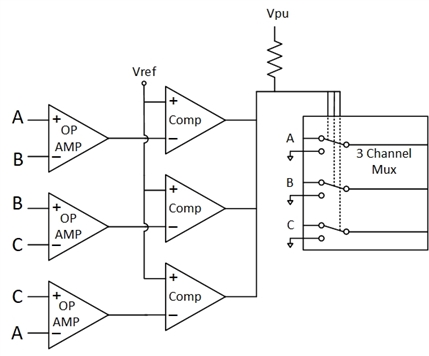Tool/software:
I want to arrange three microphones in a triangle on the same plane to produce a single spatial microphone. I need a comparator which can assess the sound from each microphone and only pass through those sounds which have the same timing and volume while rolling off the sound which has different timing. This will give the microphone array a front back directionality and side rejection. Is the TI comparator the correct device? Let me know, thanks!


